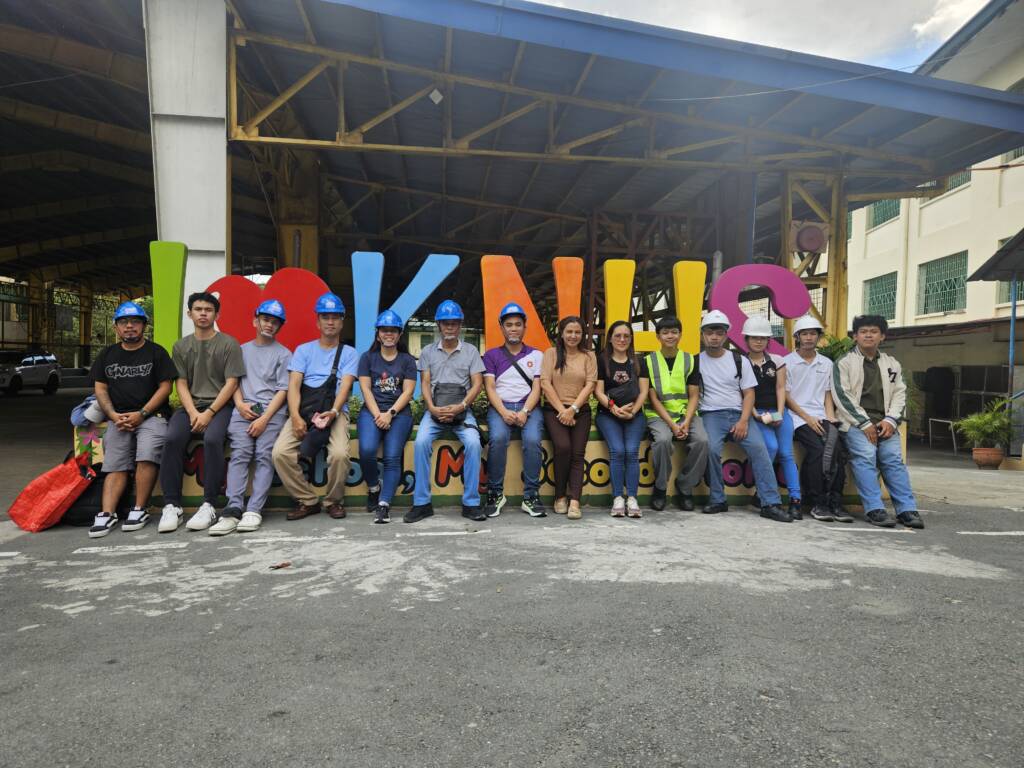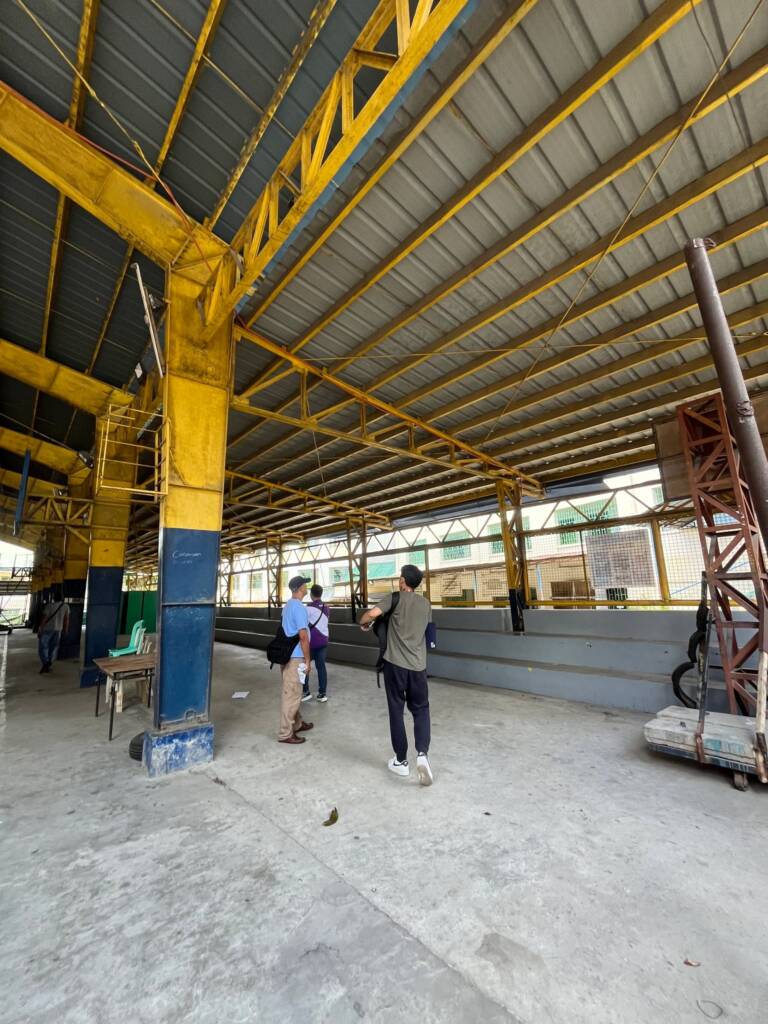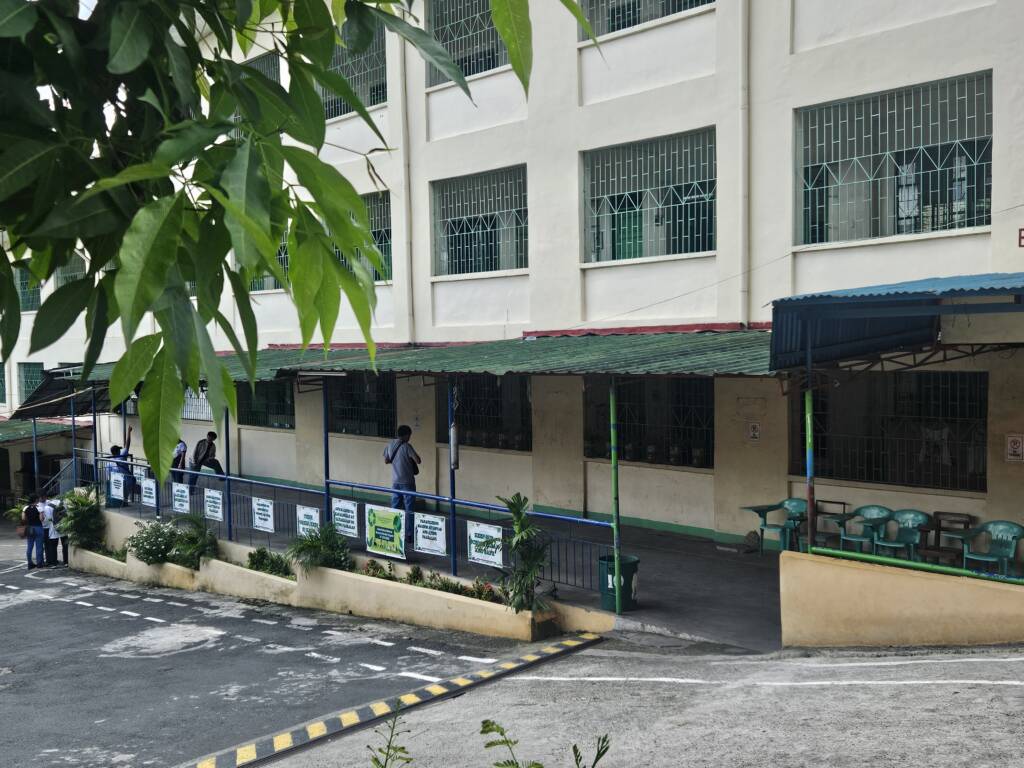Jean Coper
Caloocan City, May 16, 2025 – 350 Pilipinas together with students and their assigned faculty from the Polytechnic University of the Philippines–Institute of Technology (PUPItech) conducted an ocular visit to Kalayaan National High School (KNHS) last May 16, 2025. The visit aimed to gather essential data for designing and implementing sustainable energy solutions for the school.

Sustainable Classroom aims to create learning spaces for students that are 1) powered by renewable energy 2) built around the campus vicinity with materials that are already available, 3) has eco-friendly and efficient components, and 4) encourages the students to practice sustainability and care for the environment.

Despite limited funding, state-funded schools in the Philippines produce graduates that thrive and adapt to our society. As the KNHS Principal Juanito Victoria had mentioned, both PUP and KNHS share similarities in both its potential and challenges. There may be a lack of funds allocated for infrastructures and cater students’ needs but still it doe KNHS is a home of more than seven thousand students, and sustainable classrooms would not only provide practical aid to the school but it would expose students to advocating for sustainable energy, and hopefully that they too will choose their careers in the future, with the idea of serving our communities.

What I learned from the previous visits to the school is that making public schools fossil-free is not just about the technical aspects but it’s also about genuinely understanding the dynamics of the people and the realities of the students’ learning environment and also crafting solutions that are both practical and economically viable. This experience made me even more confident that through teamwork and collaboration, public schools like KNHS can become scalable models of climate-resilient education.

During the visit, the team took measurements and photographs for SketchUp modeling, assessed the building’s wiring layout—including possible routes and estimated wire lengths—and inspected breakers on both the second and third floors to determine the most suitable installation site. The roof structure, inclination, and orientation were also analyzed to evaluate the feasibility of solar panel installation.

This project is one of the movement building initiatives of 350 Pilipinas for 2025. Along with several other school-based and community projects, carried with PUP-ITECH, piloting small scale renewable energy projects proves to be feasible. Through these efforts, students can utilize what they learn in the university into real-world applications.
Other tasks completed include documenting the number of lights and outlets in each classroom, checking the main breakers, requesting recent electric bills for energy consumption analysis, and evaluating the temperature of the area where the inverter would be installed.
The ocular assessment was a meaningful step towards helping KNHS become a more sustainable and energy-efficient learning environment while also laying the groundwork for a pilot study on a scalable model classroom. This project serves as a model for sustainable education spaces and aims to inspire similar initiatives in other schools.

